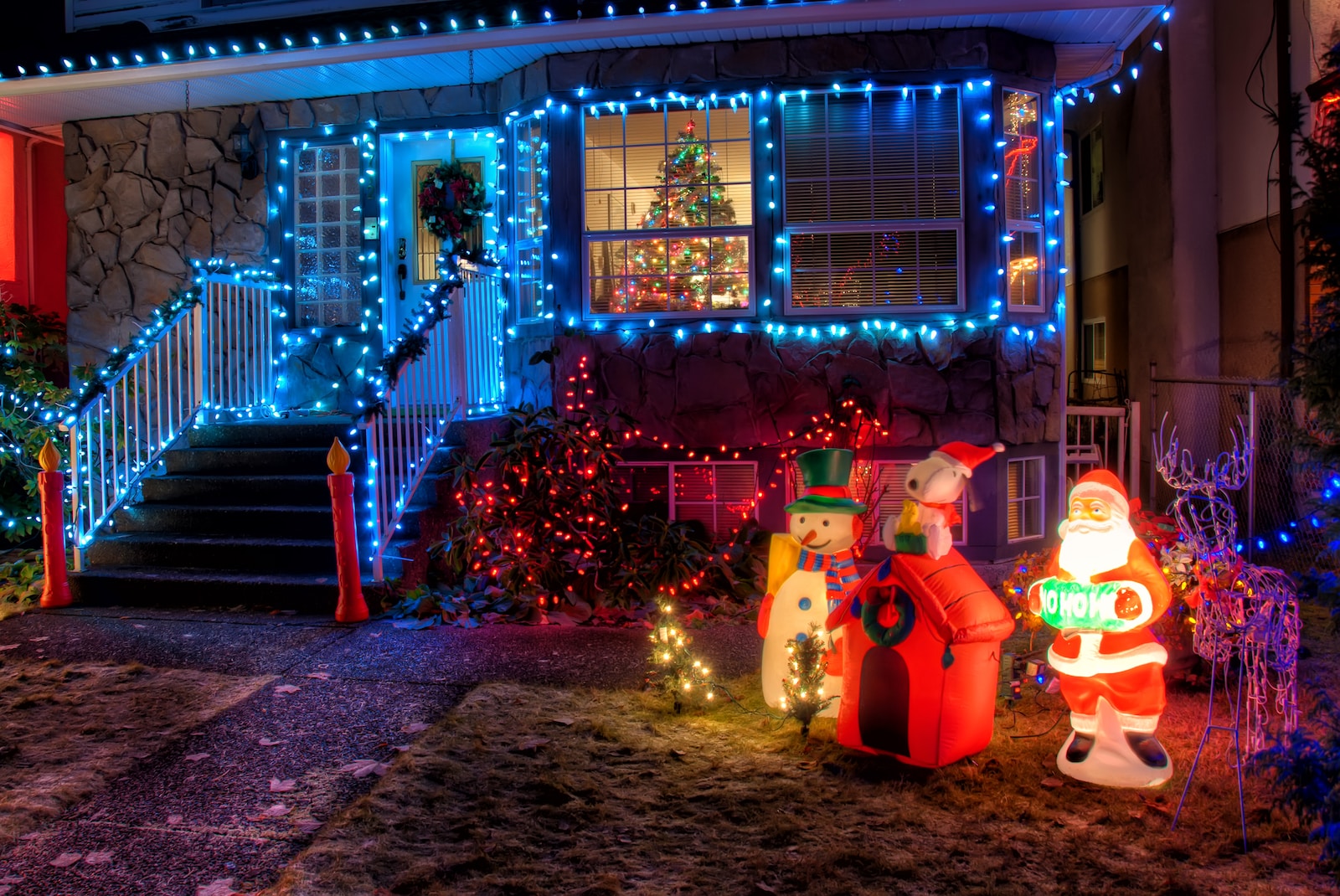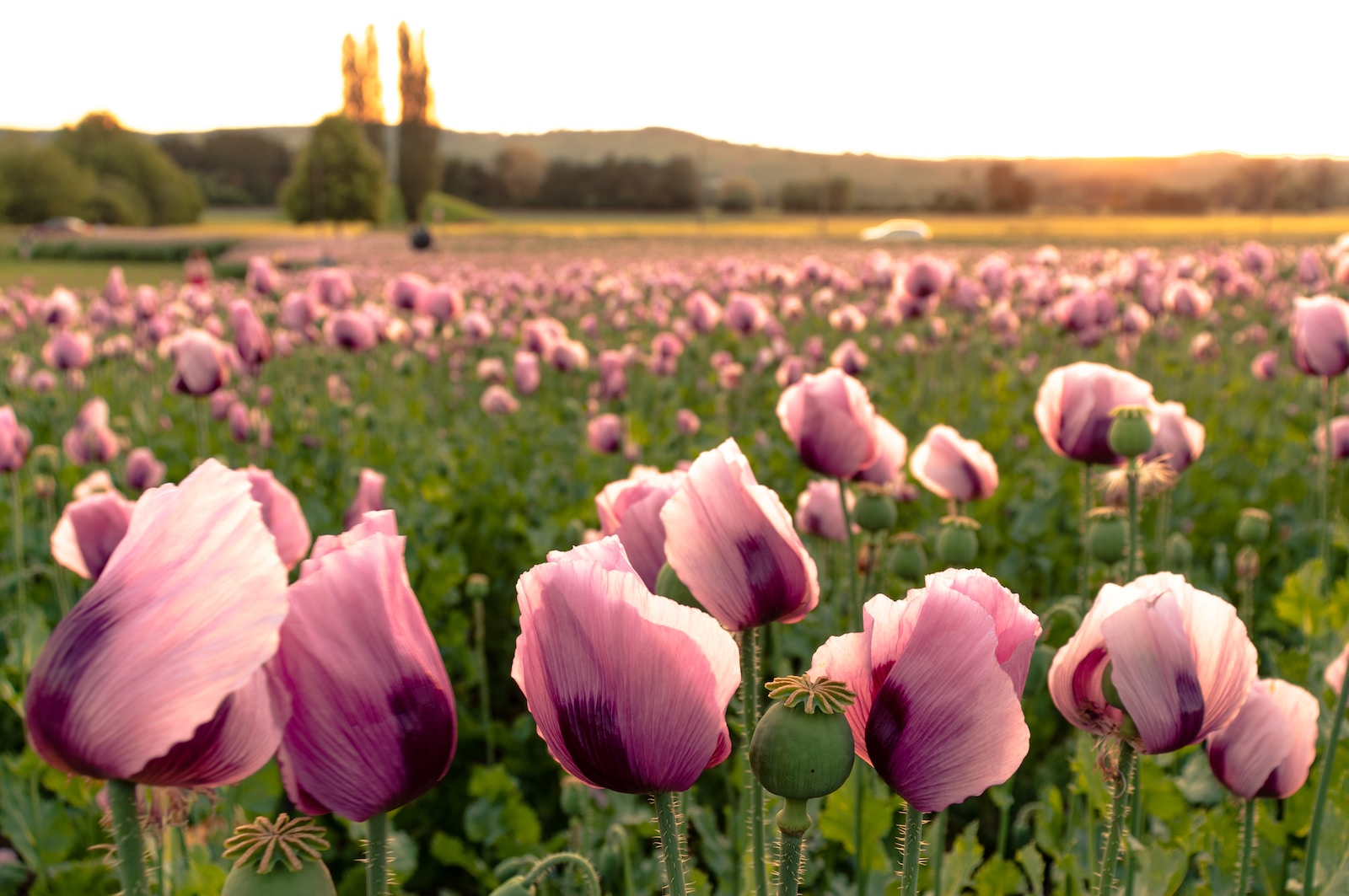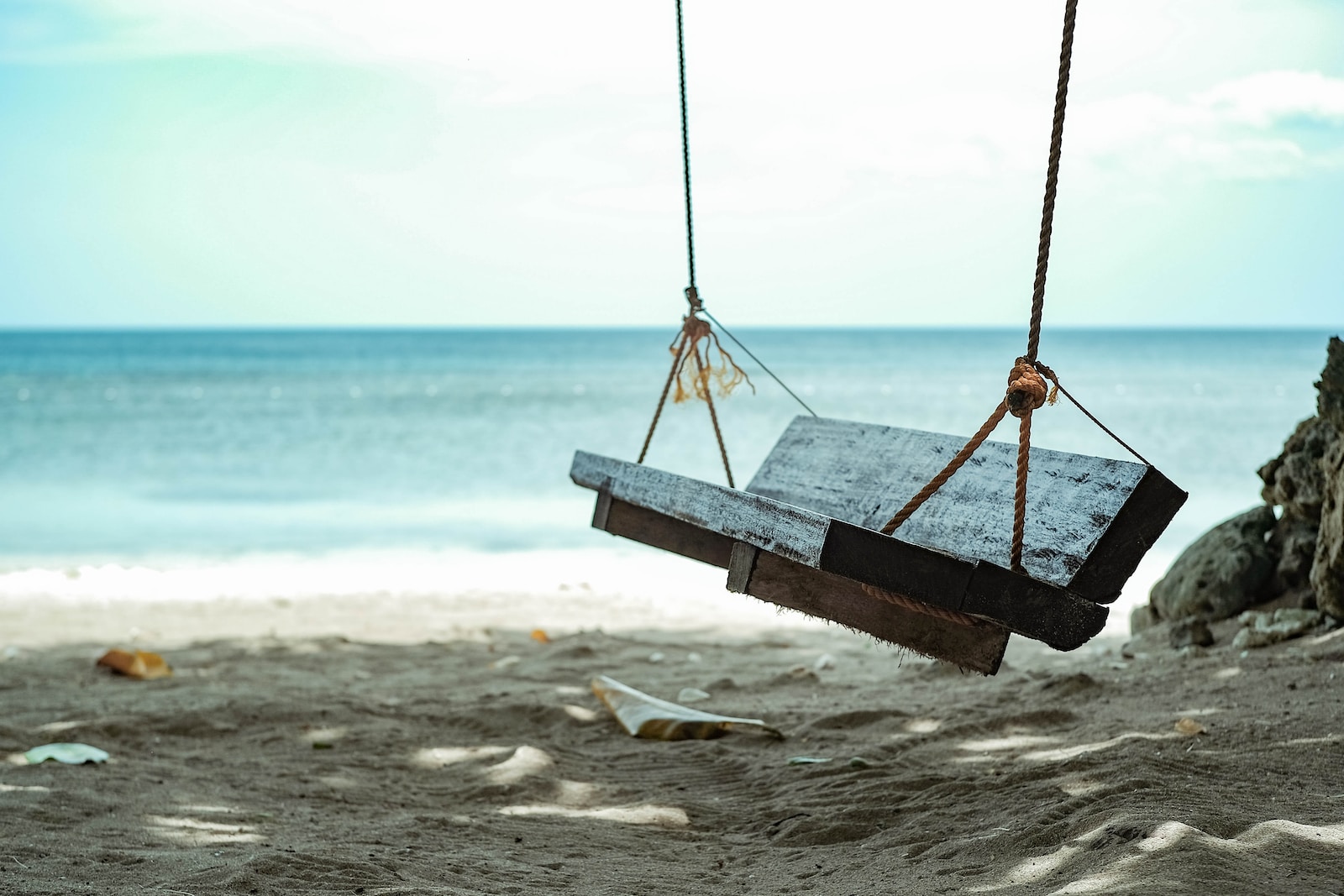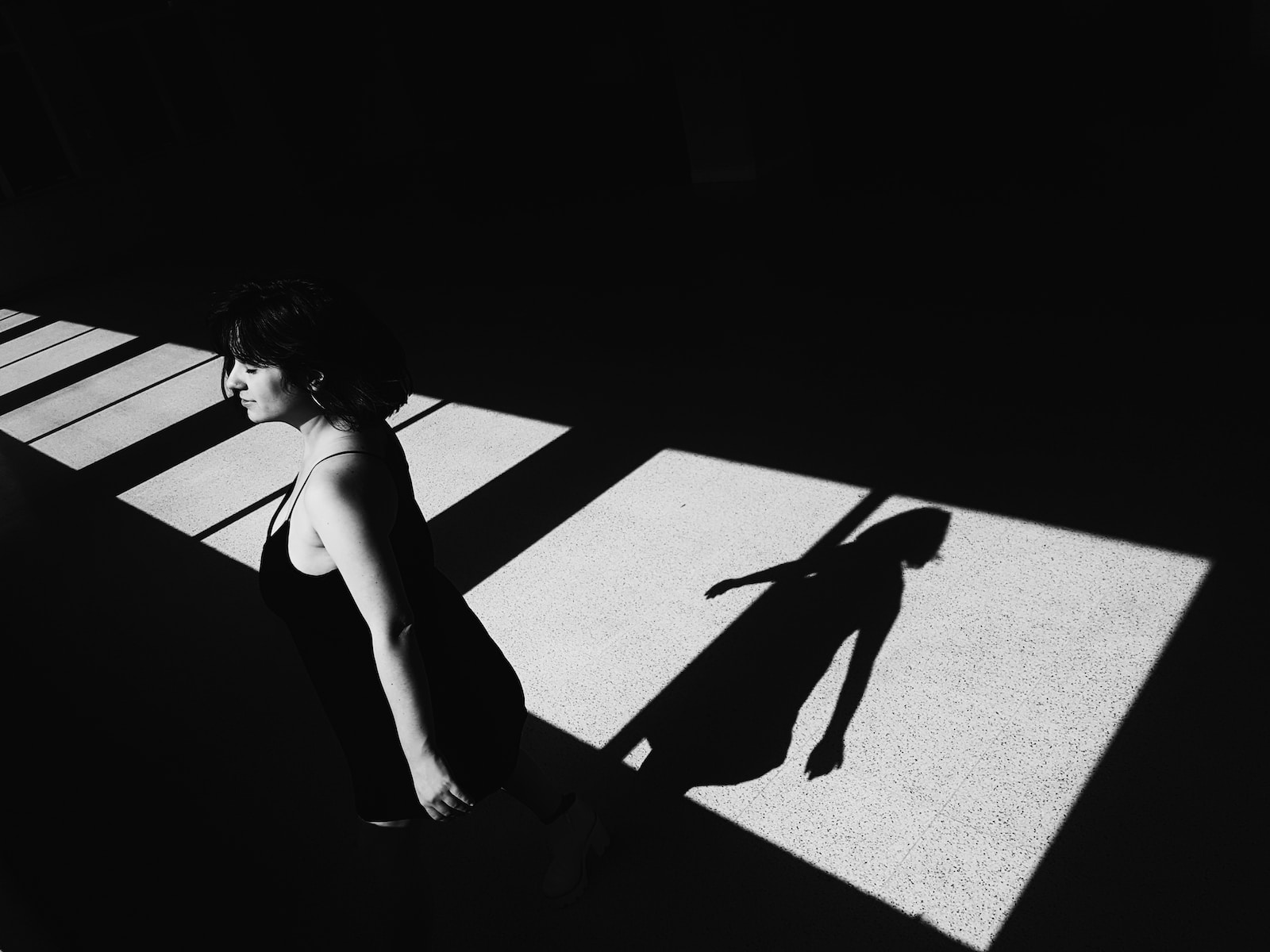Welcome to “Christmas Lights – A Guide for Photographers”! Are you ready to capture the magic of Christmas through stunning photographs? In this blog, we will share pro tips on how to master the art of photographing Christmas lights. Whether you are an amateur photographer or a seasoned pro, we’ve got you covered with the best camera settings, composition tips, and post-processing techniques. Get ready to create breathtaking images that truly capture the holiday spirit. Let’s dive in!
Table of Contents
- Choosing the Right Gear
- 2. Composition Techniques
- 3. Post-Processing Tips
- 4. Creative Ideas to Explore
- How to Capture Magical Christmas Light Photography
- Frequently Asked Questions
- How do I photograph Christmas lights?
- What camera settings should I use for Christmas light photography?
- How can I compose my Christmas light photos creatively?
- What post-processing techniques can enhance my Christmas light photos?
- Are there any specific tips for night photography during the holidays?
- Do I need any specific equipment for Christmas light photography?
- Can I take Christmas light photos with my smartphone?
- Is it better to shoot during sunset or at night for Christmas light photography?
- What other photography techniques can I use to capture the holiday spirit?
- Wrap Up
Choosing the Right Gear
Before you start your journey into Christmas light photography, it’s essential to have the right gear. A DSLR or a mirrorless camera with manual settings will give you full control over your shots. Additionally, a sturdy tripod is crucial to keep your camera steady in low-light conditions.
Camera Settings for Night Photography
When capturing Christmas lights at night, it’s important to adjust your camera settings for optimal results. Start by switching to manual mode and set a low ISO (around 100-200) to minimize noise. Use a wide aperture (f/2.8 or lower) to let in more light, and decrease the shutter speed to a few seconds. Experiment with different settings to find the right balance.
“Interesting Fact: Did you know that the world record for the most lights on a Christmas tree is held by the town of Bournemouth, UK, with over 373,839 lights on a single tree?”
Using Manual Focus and Tripod
Since Christmas lights are often small and distant, it’s best to use manual focus for greater precision. Zoom in on a single light source, adjust the focus until it’s sharp, and then reframe your shot. Remember to use a tripod to avoid camera shake and ensure sharper images, especially with longer exposure times.
2. Composition Techniques
Seek Interesting Perspectives
Don’t settle for the typical front-on view of Christmas lights. Explore different angles and perspectives to make your photos more captivating. Try shooting from a low angle to capture the lights against the night sky or experiment with reflections in puddles or windows for a unique twist.
Include Foreground Elements
Add depth and interest to your photos by incorporating foreground elements. This could be a nearby tree branch, a couple enjoying the holiday lights, or even a few falling snowflakes. These elements help create a sense of scale and storytelling in your images.
Leading Lines and Symmetry
Utilize leading lines such as pathways, fences, or a row of ornaments to guide the viewer’s eye through the composition. Also, look for symmetrical scenes or patterns, like perfectly aligned Christmas trees or a symmetrical arrangement of lights, to create visually pleasing and balanced images.
3. Post-Processing Tips
Shoot in RAW Format
To have more flexibility during post-processing, always shoot in RAW format. This allows you to adjust white balance, exposure, and other settings without losing image quality. RAW files preserve all the data captured by the camera sensor, providing more control over the final look of your Christmas light photos.
Adjusting White Balance
Since Christmas lights emit warm colors, like red, green, and gold, it’s important to fine-tune the white balance in post-processing. Experiment with different settings to achieve the desired mood and keep the colors looking natural.
Enhancing Details and Colors
To make your Christmas light photos truly pop, use editing software to enhance details and colors. Increase clarity or sharpness to bring out intricate patterns in the lights, and adjust saturation or vibrance to make the colors more vibrant and captivating.
4. Creative Ideas to Explore
Long Exposure Light Trails
Step up your Christmas light photography game by capturing mesmerizing long exposure light trails. Find a busy street decorated with lights, set your camera on a tripod, and use a slow shutter speed to capture the trails of passing cars. The contrast between the stationary lights and the moving trails creates a captivating effect.
Bokeh Magic
Emphasize the magical feel of Christmas lights by creating beautiful bokeh. Use a wide aperture (low f-stop number) and position your subject against a background filled with lights. The out-of-focus areas will turn into dreamy, sparkling circles of light, adding a whimsical touch to your photographs.
Experiment with Double Exposures
Add an artistic twist to your Christmas light photos by experimenting with double exposures. Combine the soft glow of the lights with other festive elements like ornaments, Christmas trees, or even portraits. This technique allows you to create unique and visually striking images that evoke the holiday spirit.
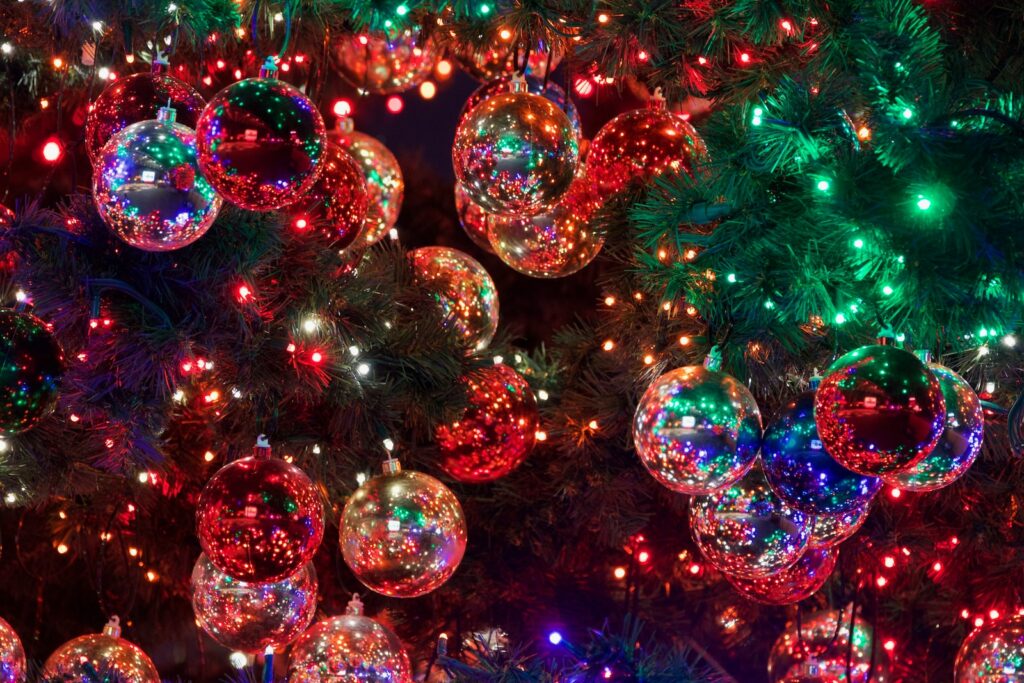
How to Capture Magical Christmas Light Photography
Are you ready to capture the mesmerizing beauty of Christmas lights through your lens? Look no further as we present you with a comprehensive guide to mastering Christmas light photography. From camera settings to composition, we’ve got you covered.
1. Camera Settings
Getting the right camera settings is crucial to achieving stunning Christmas light photography. Here are some recommended settings:
- ISO: Start with a low ISO (around 100-400) to minimize noise in your images.
- Aperture: Set a wide aperture (lower f-stop number) to create a shallow depth of field and make the lights appear more vibrant.
- Shutter Speed: Experiment with slower shutter speeds (around 1/4 to 2 seconds) to capture the beautiful light trails.
2. Composition Tips
Composition plays a major role in making your Christmas light photos visually appealing. Here are some tips to help you compose your shots:
- Foreground Elements: Look for interesting foreground elements, such as Christmas ornaments or decorations, to add depth to your photos.
- Leading Lines: Utilize any leading lines present in the scene, such as pathways or light trails, to guide the viewer’s eyes through the image.
- Rule of Thirds: Divide your frame into thirds both horizontally and vertically, and place the main subject or point of interest along those lines or at their intersections.
3. Post-Processing Techniques
Post-processing can enhance the magical effect of Christmas light photography. Consider these techniques:
- White Balance: Adjust the white balance to ensure accurate colors and eliminate any unwanted color casts.
- Contrast and Vibrance: Increase the contrast and vibrance to make the lights pop.
- Noise Reduction: Apply selective noise reduction to minimize any noise introduced by long exposures.
Remember, practice makes perfect. So grab your camera, head out into the winter wonderland, and start capturing the enchanting allure of Christmas lights. Happy shooting!
Frequently Asked Questions
How do I photograph Christmas lights?
To capture stunning photos of Christmas lights, start by using a tripod to keep your camera steady. Set your camera to manual mode and adjust the settings for a long exposure. Experiment with different compositions and angles to create unique photographs.
What camera settings should I use for Christmas light photography?
For Christmas light photography, use a low ISO (around 100-400) to minimize noise. Set your aperture to a small f-stop (like f/8 or higher) to keep the entire scene in focus. Finally, set your shutter speed to a longer exposure time (around 5-30 seconds) to capture the beautiful light trails.
How can I compose my Christmas light photos creatively?
When composing your Christmas light photos, look for interesting elements such as reflections or leading lines. Experiment with different perspectives and framing techniques to add depth and visual interest to your photos.
What post-processing techniques can enhance my Christmas light photos?
In post-processing, you can enhance your Christmas light photos by adjusting the exposure, contrast, and colors using software like Adobe Lightroom. You can also remove any distractions or unwanted elements to make your photos more visually appealing.
Are there any specific tips for night photography during the holidays?
Yes, for night photography during the holidays, try to include other elements such as people, decorations, or Christmas trees to add context and a festive atmosphere to your photos. Use a slower shutter speed and a tripod to capture the ambient light and avoid camera shake.
Do I need any specific equipment for Christmas light photography?
While you don’t necessarily need specialized equipment, having a tripod and a camera with manual mode capabilities will greatly benefit your Christmas light photography. Additionally, using a remote shutter release or the camera’s built-in timer can help minimize camera shake.
Can I take Christmas light photos with my smartphone?
Yes, you can take Christmas light photos with a smartphone. However, keep in mind that smartphones have limitations in terms of manual settings and low-light performance. To achieve better results, stabilize your smartphone using a tripod and use available settings such as night mode or HDR mode.
Is it better to shoot during sunset or at night for Christmas light photography?
Both sunset and night can offer unique opportunities for Christmas light photography. During sunset, you can capture the warm colors of the sky blending with the festive lights. At night, you can focus more on the light trails and the overall magical atmosphere created by the Christmas lights.
What other photography techniques can I use to capture the holiday spirit?
Aside from photographing Christmas lights, you can also explore techniques like bokeh photography (using a shallow depth of field to create soft, out-of-focus background lights) or capturing candid moments of people enjoying the holiday festivities. Don’t be afraid to experiment and have fun!
Wrap Up
In conclusion, photographing Christmas lights can be a magical and rewarding experience for photographers. Remember to set your camera to a low ISO, wide aperture, and slow shutter speed to capture the beautiful bokeh and vibrant colors. Experiment with different angles and compositions to create unique and captivating images. Don’t be afraid to edit your photos using post-processing techniques to enhance the overall look. Now it’s your turn! Grab your camera and head out to capture the mesmerizing beauty of Christmas lights. And make sure to share your stunning shots with us in the comments below. We’d love to see your holiday photography skills in action!
